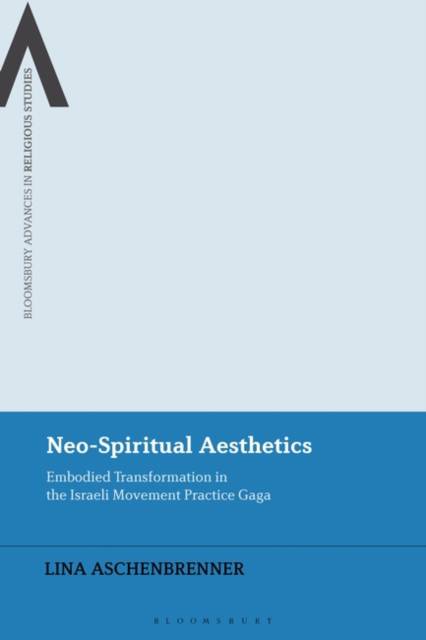
Bedankt voor het vertrouwen het afgelopen jaar! Om jou te bedanken bieden we GRATIS verzending (in België) aan op alles gedurende de hele maand januari.
- Afhalen na 1 uur in een winkel met voorraad
- In januari gratis thuislevering in België
- Ruim aanbod met 7 miljoen producten
Bedankt voor het vertrouwen het afgelopen jaar! Om jou te bedanken bieden we GRATIS verzending (in België) aan op alles gedurende de hele maand januari.
- Afhalen na 1 uur in een winkel met voorraad
- In januari gratis thuislevering in België
- Ruim aanbod met 7 miljoen producten
Zoeken
Neo-Spiritual Aesthetics
Embodied Transformation in the Israeli Movement Practice Gaga
Lina Aschenbrenner
€ 195,45
+ 390 punten
Omschrijving
Tracing embodied transformation in the context of Gaga, the Israeli dance improvisation practice, this book demystifies what Lina Aschenbrenner coins as "neo-spiritual aesthetics." This book takes the reader on an analytical journey through a Gaga class, outlining the effective aesthetics of Gaga as an example for the broader field of neo-spiritualities. It distinguishes a threefold effect of Gaga practice-from a momentary extraordinary experience, to a lasting therapeutic effect, and finally Gaga's worldview potential. It situates the effect in an assemblage of interrelating aesthetics of environment, movement, and bodies.
The book shows why seemingly leisure time activities such as Gaga form fruitful research objects to an academic study of religion and opens up research on neo-spiritual practices. In understanding the sensory effect of practice and its cultural and social implications, the book follows an Aesthetics of Religion approach. It departs from the idea that cognition is embodied and that the body is thus central to understanding cultural and social phenomena. Drawing upon a wide array of data gathered in the context of Gaga at the Suzanne Dellal Center in Tel Aviv, the book weaves together different methods of discourse, ritual, movement, body knowledge, and narrative analysis, while acknowledging insights from neuroscience and cognitive science.Specificaties
Betrokkenen
- Auteur(s):
- Uitgeverij:
Inhoud
- Aantal bladzijden:
- 288
- Taal:
- Engels
- Reeks:
Eigenschappen
- Productcode (EAN):
- 9781350272873
- Verschijningsdatum:
- 12/01/2023
- Uitvoering:
- Hardcover
- Formaat:
- Genaaid
- Afmetingen:
- 156 mm x 234 mm
- Gewicht:
- 580 g

Alleen bij Standaard Boekhandel
+ 390 punten op je klantenkaart van Standaard Boekhandel
Beoordelingen
We publiceren alleen reviews die voldoen aan de voorwaarden voor reviews. Bekijk onze voorwaarden voor reviews.









